

| Verify | Why? | Help/FAQ | Login | You are not logged in |


| |||||
|
|
||
 Here we see a real asteroid which appears as a fuzzy streak moving across the field. There are several stars (round and distinct) and galaxies, (fuzzier and non-circular) in the background. These objects appear in the same place in each image. There are also a number of bright specks in each images, but never in the same places. These are cosmic rays. This image should be tagged as "Yes". |
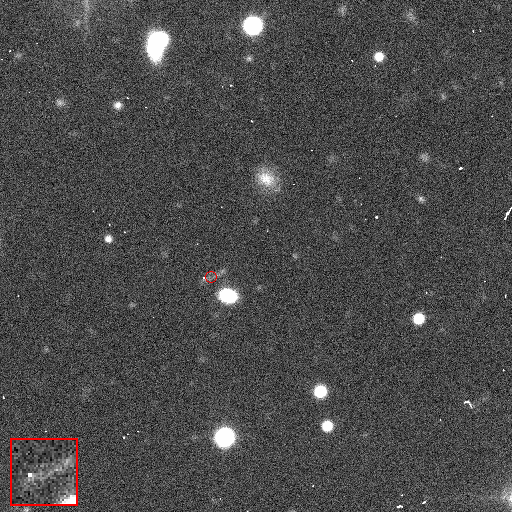
|
|
 Here we see another real asteroid against a different background of stars and galaxies. This time, however the asteroid is not trailed, but instead is round. It is also appears to move slightly unevenly. This is OK; it means that the original images were not taken at fixed intervals. This image should be tagged as "Yes". |
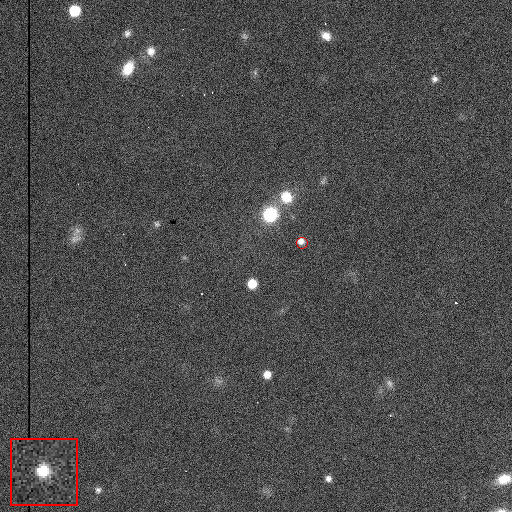
|
|
 In this case, the red circle moves down the image. In some of the images, there is no obvious object inside the thr red circle. This is a false detection. This image should be tagged as "No". |
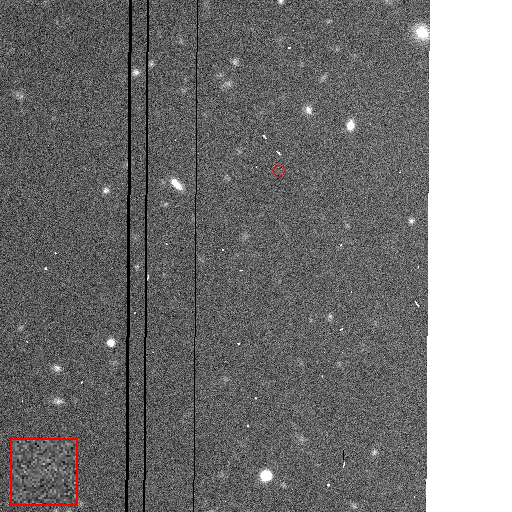
|
|
 In this case, the red circle highlights part of a bright star. The bright circle is actually a reflected image of the telescope, lit up by the star. The asteroid detection algorthim has mistakenly detected parts of the bright circle as separate objects. This is a false detection. This image should be tagged as "No". |
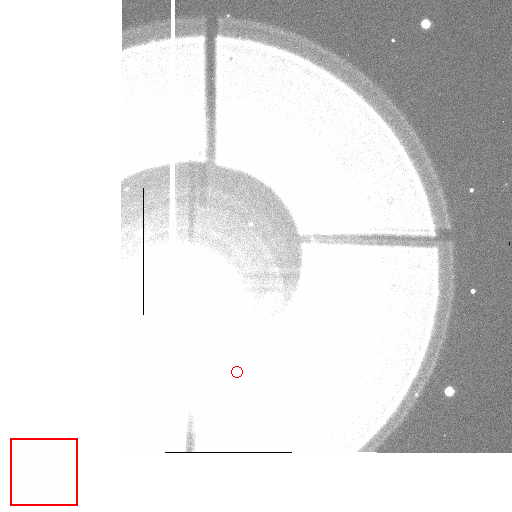
|
|
 In this case, the red circle highlights a spike coming off the side of star. These lines (which show up on stellar images in most telesopes and are known as diffraction spikes. They are not real. This image is a false detection. This image should be tagged as "No". |
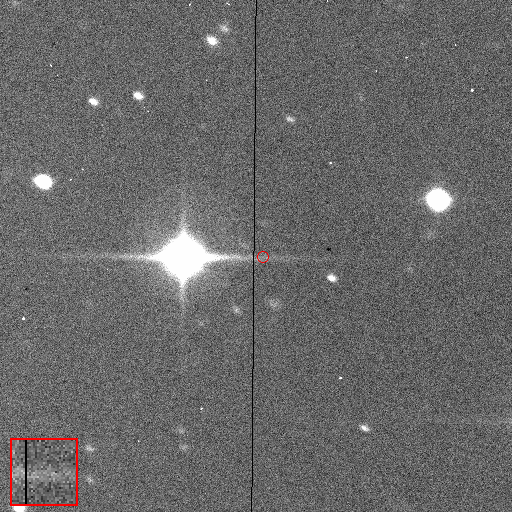
|
|
 In this case, the red circle highlights part of a large bright object, a nearby galaxy. There are so many bright stars in the galaxy that the detection algorthim became confused. This is a false detection. This image should be tagged as "No". |
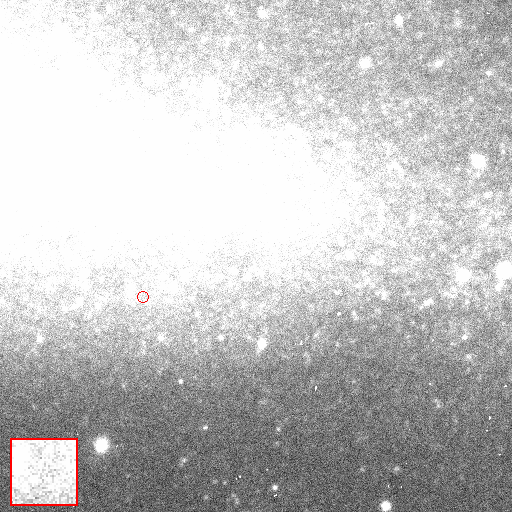
|
|
 This image shows a large number of stars in close proximity to each other. In this case, the red circle highlights several different stars, rather than the same moving object. This image should be tagged as "No". |
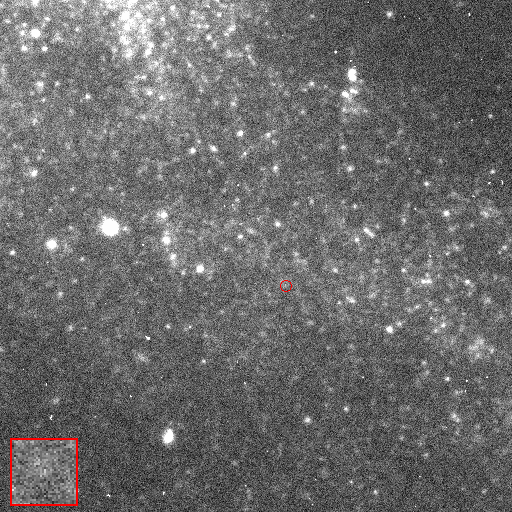
|
|
 |

|
Frequently asked questions
How many asteroids should I do? As many or as few as you like. We find that the first 100 or so are pretty fun, but it becomes tedious after that. I saw a moving object that wasn't marked. Should I report it? No. It is almost certainly already on the list of asteroids to be verified. It will be marked on another set of verification images. Why don't you ask for a password when we login? The only reason we want you to login at all is so that we can keep track of who has verified which asteroids. In particular, we want to track users are particularly reliable. We don't need your e-mail address, your home address, or even your name. In addition, many people only have one password for all their internet activities. That means that if we have their MAASV password, it might also be their banking password. So if we gather these pieces of information then we would have to keep them very secure, which is a worry we'd rather not have. I you are worried about someone using the same username as you, make your username complicated (up two 20 characters long). For example: Fred.Jones.3.141593 Can I name these asteroids? Sadly, no. And we realize that 712345.12 is a boring designation. Asteroids only get named if they the have been observed over several years and their orbit is reliable known. Most of the MAASV asteroids are only observed once or twice. If they are observed over two nights, they will get "provisional designations" from the Minor Planet Center, which aren't much better: something like 2004 CA12. However, we will be listing you as a discoverer. Are any of these asteroids going to hit us? Almost certainly not, at least not in the sort term. CFHT and MegaCam is usually pointed away from the sun, into the night sky. Asteroids likely to hit the earth usually lie on orbits close to the Earth's. That means you would have to look at right angles to where the sun is in order to see them. Also, near earth asteroids appear to move faster than distant asteroids (the further something is the slowe it appears to move, think of airliners flying "slowly" overhead, but actually travelling at 700km/h). The combination of the way MegaCam data is taken and the search method we use means we can only find slow moving objects. So while there might an asteroid on a collision course with Earth, we probably won't find it. There several projects with telescopes specially designed for finding earth-crossing asteroids. MAASV is recycling data taken for other purposes to find asteroids for the purpose of studying asteroids. |